On my list of things I didn't expect to see in the Lake Constance region is one of the largest Fabergé eggs in the world. Yet here I am, in the darkened confines of the Treasure Chamber of the Principality of Liechtenstein, standing face to shell with the 1901 Apple Blossom egg, made of nephrite jade, delicately decorated in red and green gold branches that wind their way across its swell, and encrusted with diamonds at its floral centre.
"They're pink diamonds – one of the rarest types you can get," points out Prof Rainer Vollkommer, director of the chamber, which displays precious items of the royal family and Liechtenstein's private collectors. "That and the size means it's one of the most valuable Fabergé eggs. We're very proud to have it here." It's reported to be worth a cool €34 million.
The bigger surprise is that it’s not the only artefact in this highly secured room that impresses your museum-avoiding reporter. There’s a selection of the country’s collection of 4,500 smaller, sensationally designed eggs, plus lunar rocks and a replica of the royal crown.
0 of 6
"The original one went missing," says Rainer by way of explanation. "Years ago. We don't know what happened to it." He swiftly shuffles me on to the Picassos and Renoirs of the Hilti Art Foundation Collection, though I'm hankering to know more. (It turns out it was lost in 1781, so its "misplacement" remains a mystery forever more.)
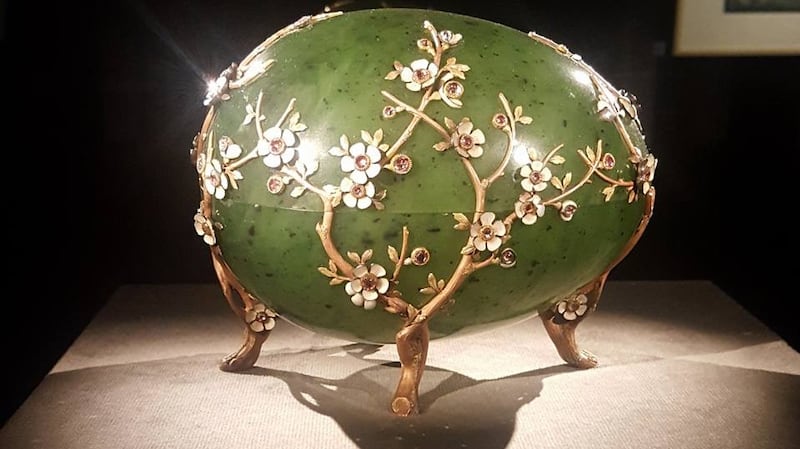
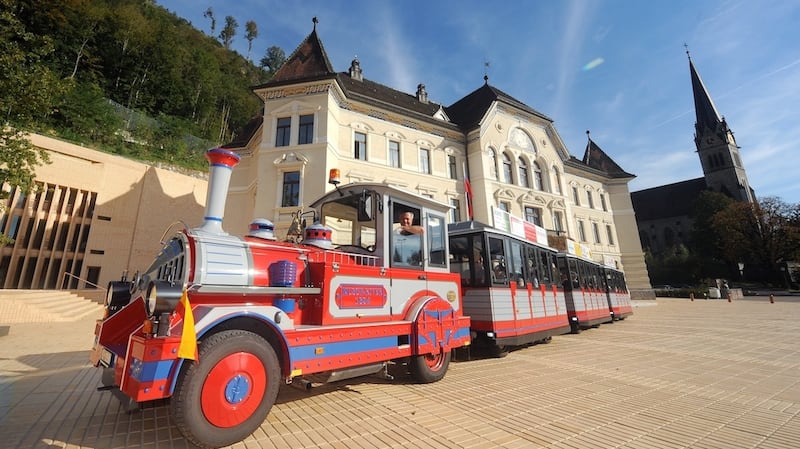
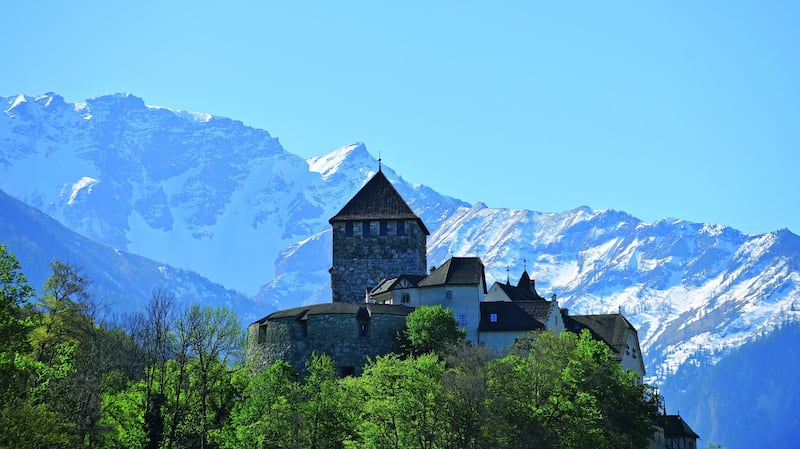
Vaduz is Liechtenstein's capital, housing 5,500 of the country's population of 38,000. Overlooked by the prince's residence in the rugged Alps, its pristine parliament, government offices and cathedral are lined up next to each other on one street like a full-sized toy town, just with priceless art and treasure. It's the richest country in the UN after Monaco, perhaps explaining why Liechtenstein is more wondrous than I expected. But on a relaxed whistle-stop tour around its shores, it seems that's Lake Constance all over.
The lake is in the heart of Europe, squeezed between Switzerland to the west, Germany to the north and Liechtenstein and Austria to the east. All but Germany are landlocked, so it's no surprise Lake Constance is central Europe's version of the seaside, busy with families on weekend breaks and cyclists in their segregated lakeside lanes, taking on part of its 275km route. Lake Constance's small islands are a draw too – Reichenau, or "vegetable island", is known for its produce, while Mainau doubles as a botanic garden.
But coming from an island country, the serene lake, while beautiful, isn't worth a holiday in itself. Lake Constance's USP is its access to a cross section of Europe, with each country's histories, architecture and quirks blending into the others. That's why Liechtenstein comes the day after exploring Konstanz, a picturesque lakeside city that's just an hour's drive away, in Germany.
Managing to stay intact during the World Wars, Konstanz's old town has a silhouette that speaks of narrow lanes lined by centuries-old buildings, all surrounding the spire of the seventh-century Konstanzer Münster. But look closely and it's peppered with vegan cafes and designer shops like Tommy Hilfiger and Max Mara: modernisms encouraged by its Oxbridge-level university students and tax-free shoppers over from Switzerland, which is all of four kilometres away.
Next on the agenda is the picturesque town of Bregenz, best known for its summer festival, a tradition since 1946. Its opera on the lake has to be seen to be believed. Amble up the waterside promenade, punctuated by busking bands and beches of people taking in the scene, and the outdoor stage comes into view. It's impossible to miss – it's about the size of an apartment block and floating in the water. Such is the work involved that the opera and dramatic set change on every other year. This year Bizet's Carmen continues, with its stage of playing cards tumbling into the water from Carmen's fag-ashed hands.
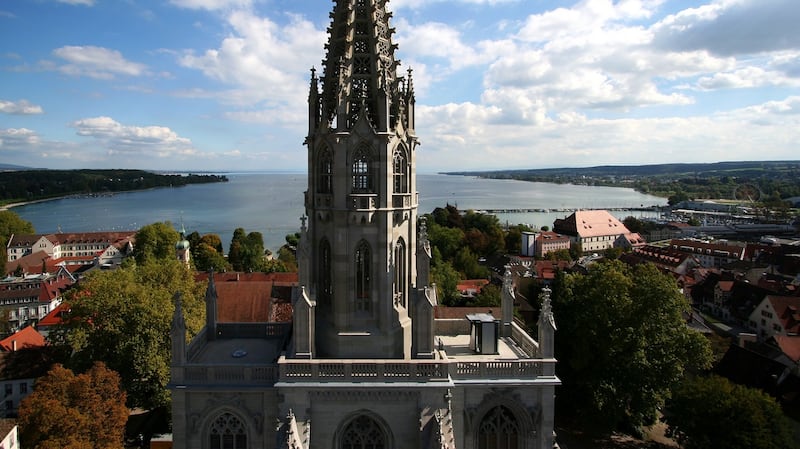
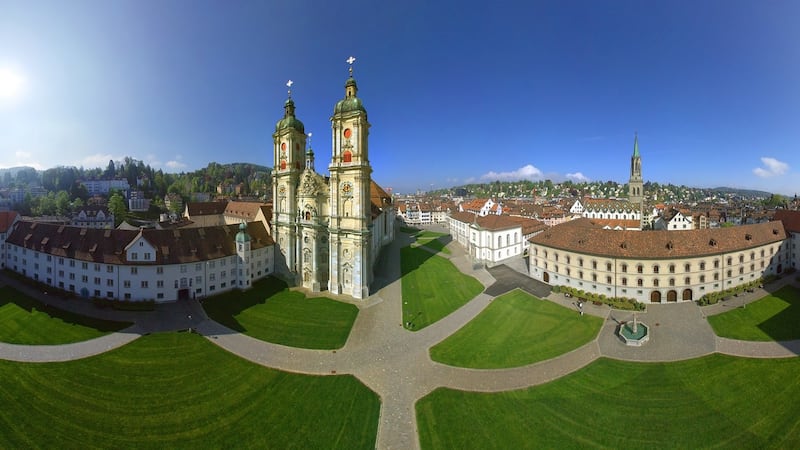
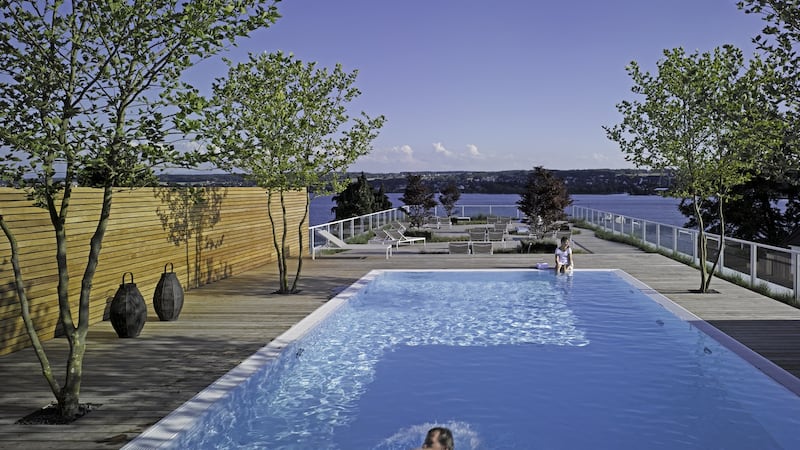
Previous set designs sound like a fever dream: for Tosca the stage was a huge eye whose mechanical iris turned into a platform (it features in the James Bond film Quantum of Solace); for Aida a fractured Statue of Liberty reassembled during the performance, with part of the stage under the lake, so it looked as if the performers were walking on water.
Each night over summer 7,000 ticket holders curl around the stage in open-air seating. It says plenty about the town’s civilised nature that for the rest of the year the arena is left open as a meeting spot for locals, who eat picnics, use it as a rest stop during walks, and come to see the sun set over the lake.
Certainly, a party town it is not, but these lakeside sunsets and wide pedestrianised areas make Bregenz a charming town for a relaxed break. In the evening, dining options are considerable, though the talk of the town is the Goldener Hirschen, a cosy wooden-beamed inn that needs reservations at the weekend. Even then, there’s a wait as they struggle with the heaving numbers, with complimentary Sekt, the German sparkling wine, by way of apology. (“Bubbles smooth over every problem,” my wise companion notes.)
It's worth the wait. The menu is large, delicious and excellent for vegetarians, as suggested by the spätzle, a refined version of mac'n'cheese that's ubiquitous around Lake Constance. And no flying visit to Austria is complete without a taste of their Apfelstrudel to finish.
The next morning, still on a Carmen and carb high from the night before, I’m speeding along in a train to St Gallen, the final stop on this whistle-stop tour.
On this occasion the difference between Austria and Switzerland is stark: the cow-spotted country fields of Switzerland are notably luscious and green, like vast swathes of cricket fields that aren’t for walking on. No wonder Swiss chocolate tastes so good.
Known as “the white town” because of its embroidery trade, St Gallen is an hour from Bregenz, as well as Zurich Airport. Aside from the appeal of its turret-topped buildings, Pipilotti Rist’s installation art in the business district, and the abundance of excellent linens, the draw of St Gallen is that it’s Ireland’s continental sibling.
The town is named after the Irish monk of the sixth century, who founded a hermitage where the Unesco-protected Abbey of St Gall stands today. In the faithfully preserved Baroque wonder that is its library, the most precious artefacts are Irish manuscripts of the seventh and eighth centuries, which makes these writings older than the Book of Kells.
They might not sparkle as much as the Fabergé egg, but, like many of the delights around Lake Constance, they’re another unexpected gem.
VISITING LAKE CONSTANCE
Where to eat
Ophelia
Seestrasse 25, 78464 Konstanz, hotel-riva.de
The lakeside view fades with the night, but creatively presented and keenly priced dishes remain the star of the show. Tasting menus begin at €120 (€105 for the vegetarian menu) and come complete with all manner of delicious surprises and warm, friendly service.
Gasthaus Goldener Hirschen
Kirchstrasse 8, 6900 Bregenz, hotelweisseskreuz.at/en/goldener-hirschen
A homely Austrian tavern with an extensive menu and speciality steaks, it's a real favourite with the locals. Expect to pay around €35 a head for a filling meal and drinks.
Zum Goldenen Schäfli
Metzgergasse 5, 9000 St Gallen, zumgoldenenschaeflisg.ch
Mind your head as you enter the first-floor restaurant, where the buzz and the lopsided floor only add to the charm. The menu offers a contemporary twist on Swiss classics, with excellent wine choices.
Where to stay
Hotel Riva
25 Seestrasse, 78464 Konstanz, hotel-riva.de
The hotel associated with Ophelia, Riva is an achingly stylish five-star retreat featuring a sweeping spiral staircase, rooftop pool overlooking the lake, and impressive buffet breakfast that doesn't compromise on quality. Rooms from €270.
Hotel Einstein
Berneggstrasse 2, 9000 St Gallen, einstein.ch
Expansive business-style hotel with a cigar lounge, huge gym, and two-Michelin-star fusion restaurant. The top floor is mostly given over to women, with extra amenities like bath salts, yoga mats and magazines. Rooms from €80.
Getting there
Lake Constance is easily accessed from Zurich Airport. Fly direct daily from Dublin with Aer Lingus, Swiss Air and British Airways from €62.
















